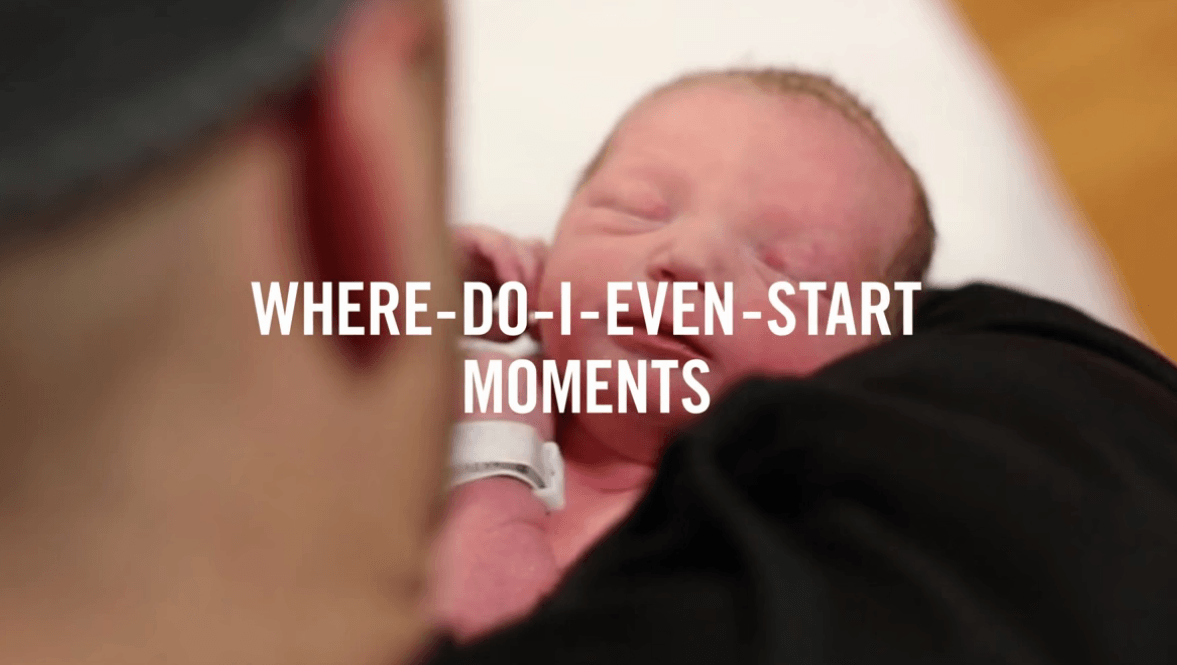
Mobile is changing the very foundation of how consumers communicate, connect, and discover online. In critical moments of truth, mobile users increasingly turn to their phones with intent and expect brands to deliver immediate answers.
Those brands that invest in dedicated mobile strategies stand to win big; 93 percent of people who use a mobile device for research go on to make a purchase.
But it takes more than apps or responsive sites to capture and convert attention in the mobile space. Here, intent, context and speed count for everything. To understand what’s relevant to mobile users, you have to understand and design for the new framework in which they make decisions.
Think about your favorite apps, how you use them and why you love them.
You swipe right (or left); you chat through images that disappear or animated gifs; you adorn those pictures with animated stickers of unicorns and rainbows; and you order rides, food, groceries, et al., using a simple app. There’s more I’m sure.
Every time you use these mobile apps/sites, you are introduced to new, useful and real-time forms of service that become the standard for engagement. Now, think about your customers. The same phenomenon is happening to them. Their favorite apps are also establishing new standards for their engagement. You have to design to meet their evolving needs and behaviors.
This new level of expectations is having a profound impact on the customer journey. Yet, most companies still underestimate mobile’s impact on the customer experience and continue to invest in traditional journeys while bolting-on mobile and other new technologies on top of it. This creates a somewhat effective but clunky experience at best.
At the same time however, mobile customers don’t have patience for anything less than something intuitive, relevant and fast.
To compete for the hearts and minds of connected customers, marketers must become mobile UX architects to design a more modern and relevant customer experience online and in apps that thrives in a mobile-first world.
The difference is that before, mobile was a secondary or alternative platform. Now it is the platform of choice for connected customers

Mobile architecture starts with micro-moments
Mobile-savvy entrepreneurs, designers and marketers must become architects of CX.
I’ve been spending a lot of time with Google this year. Google is actively researching the new mobile customer journey and it found that linear, desktop Web-based touch points are largely rooted in Web 1.0 design principles.
More so, Google uncovered what it calls “micro-moments,” new real-time moments when a customer demonstrates intent by reaching for their phone to act on a need in the moment.

When designing for mobile experiences, whether sites or apps, there are four common actions Google discovered that mobile-first customers take when they turn to their phone in the moment to act on a need, wherever they may be. Google found that in these micro-moments, customers focus their actions by intent and search based on context and desired outcomes.
More so, they move in real-time and expect relevance and immediacy. Behavior tends to break out like this…
- I-want-to-go…
- I-want-to-know…
- I-want-to-do…
- I-want-to-buy…
In these micro-moments, customers expect a native, intuitive and seamless mobile customer journey.
Mobile architecture starts with intent, context and immediacy
Micro-moments are comprised of three aspects that characterize today’s customer journey: intent, context and immediacy. UX and marketing professions must now understand what a mobile user is intending to do, why, where, what/whom they trust, and to what desired outcome and timeframe.
To do so requires a look at three key areas that define micro-moment behavior.
How Marketers Can Capture Intent: Anticipate micro-moments for users in your industry and then design a marketing and content ecosystem that makes you discoverable in each moment of truth. Studying intent will focus you in on more specific consumer needs that you could address within each moment type.
Intent is the actual need/interest — the primary signal. Marketers must understand all types of intent (including know, go, do, buy) and the general fact that intent is happening at all stages of the customer journey/funnel.

Start with the questions, trending searches and terms customers really use in each moment. This helps you decide what to invest in and also how to market against what users are trying to do.
Starting with intent also helps you understand how to address the questions people ask most. Ask yourself, are you there? Then prioritize the micro-moments your brand can’t afford to lose.
Discover What Aspects Form the Context of Any Given Moment: Study context to add additional color and depth to the query. Think about how the consumer’s needs might change based on their situation. Consider the device, time of day or location for a more tailored approach in each micro-moment.
Context is represented by time, location, device and other signals that can be layered on to give greater meaning to the intent and situation.
By understanding a person’s location, time of day, type of device, desired outcome, (scenarios) etc., you can tailor your marketing to help customers when it matters.
It’s less about designing ads or landing pages that are totally whiz bang and more about providing what is needed in each moment, immediately. As important as conversions are, it’s also not just about direct response (trying to sell me something).
Design Quick and Efficient Customer Journeys: Be quick. Mobile-users are always in the moment and those moments are quick. Customers should have the ability to get information or purchase in the moment, their way, whether in-store, on mobile, via call center or across devices.
Speed counts for everything here. Your mobile user doesn’t have time or patience anymore. They want everything now. In fact, most users will switch to another site or app if they don’t find their needs or information loads too slowly.
In mobile architecture, a new approach to UX/marketing design focuses on the small screen and also for immediacy. Here, everything comes together, intent and context inform a mobile experience architecture that then must perform to meets expectations of time, gestures, and desired next steps or outcomes.
Relevance is a by-product of thoughtful and intuitive experience design
The small screen is now a window into a new world of consumerism and it’s quickly affecting how people behave online, what they prefer and expect and more so, how they make decisions. Consumers have choices and they’re empowered to make them with or with you.
To help startups and brands alike, Google’s UX Research Lead Jenny Gove developed a free playbook of 25 principles that guide mobile app and site development to help connected users achieve what they’re looking to do.
Now more than ever, we need mobile UX designers to create journeys centered on intent, context and immediacy.
Get the TNW newsletter
Get the most important tech news in your inbox each week.





